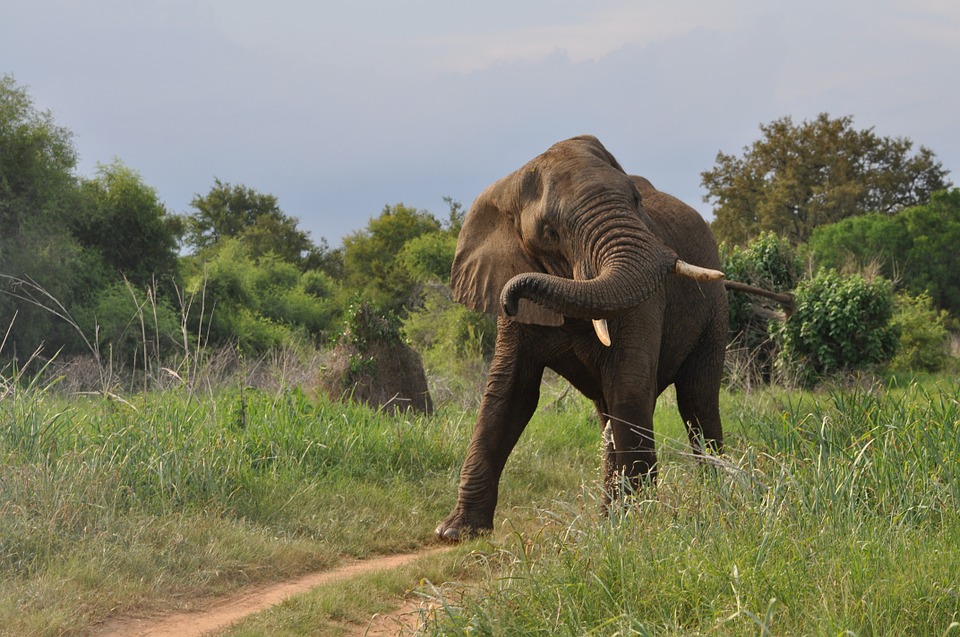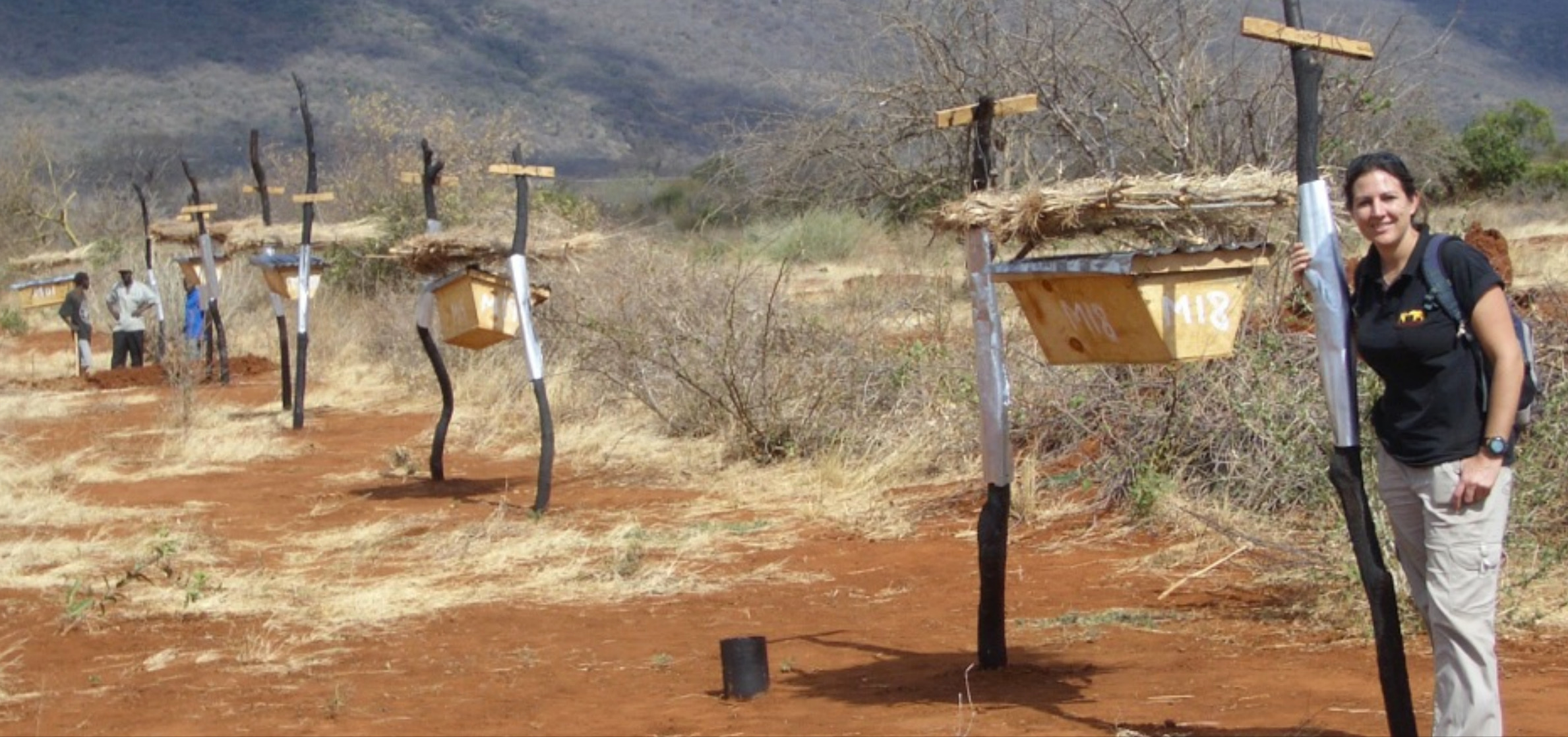SAVING LIVES WITH CHILLI
In the context of conservation, it used to be that the ‘elephant in the room’ was really the elephant in the maize field. While our attention was very much focused on poaching and unethical hunting of animals, an indeterminate number have suffered due to farming.
As human population numbers have increased, so has our need for land to feed a growing world. As such, we clean out more and more wildlife habitat to make way for agriculture and pasture. These newly prepared lands remain especially attractive to animals if they contain tasty grass and crops.
The raiding of crops and grain stores by elephants can be devastating to subsistence farmers and it’s incredibly difficult for them to prevent such large creatures with such monstrous appetites from getting a meal. Adequate fencing would prove too expensive for such farmers, so sadly they sometimes retaliate by spearing and poisoning the animals.
Too often, people are killed by elephants – a common response by landowners and authorities is to in turn kill the elephants.

But, thanks to the help of a plant, even small fences could stop these enormous creatures from raiding fields and coming dangerously close to humans. As obvious as it might seem, elephants have particularly sensitive noses and are deterred by the scent of chilli pepper; by erecting and maintaining chilli fences, farmers are effectively protecting their crops and causing no harm to elephants.
Built using fabric, used engine oil and chilli powder, the fabric is soaked in an oil and chilli mixture and hung on the rope, which forms the strands of the fence (the rope is also soaked in the mixture). But simply erecting the fences is not enough: they must be maintained by re-applying the chilli mix every 21 days during the dry season, or every week during the rains. The Elephant Pepper Development Trust (EPDT), a pioneer in the development of chilli fences, also encourages farmers to burn briquettes made of chilli and dung to ward off elephants as a supplement to the fence.
Mara Elephant Project and David Sheldrick Widlife Trust have already been working with farmers and communities to erect and maintain chilli fences in Kenya’s Munyas area near the Maasai Mara.

There’s another elephant deterring fence that can be also be used as supplementary income. Save the Elephants (STE) have put extensive research into beehive fences: “Hives, or dummy hives, are hung every ten metres and linked together in a specific formation so that should an elephant touch one of the hives, or interconnecting wire, the beehives all along the fence line will swing and release the bees”, explains the STE website.
Research has shown that elephants are very wary of bees, and field tests have proved effective in reducing elephant invasion of crops by a significant degree. The upside of a beehive fence is an additional crop for farmers – beekeeping is an age-old activity in many rural parts of Africa and it can create extra nutrition in the form of honey, as well as extra income.











